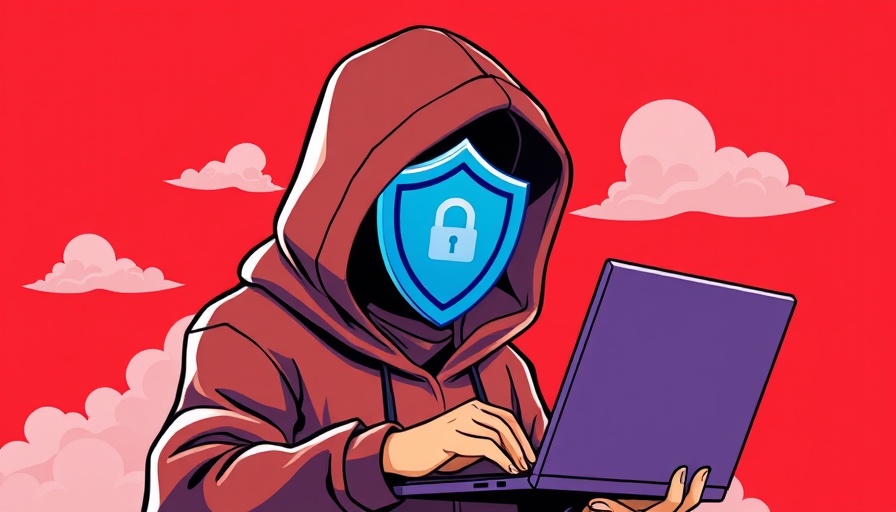
A Wake-Up Call for Parents: The Dangers Lurking in Gaming
The recent event in Fresno, where a 21-year-old man attempted to meet what he believed was a 13-year-old girl through the popular gaming platform, ROBLOX, serves as a stark reminder of the dangers children face online. This incident, orchestrated by an online safety group, highlights the increasing need for vigilant parental monitoring of children’s online activities.
The Role of Online Safety Groups in Combating Predators
Michael, a young safety advocate and content creator associated with the tech platform Schlep, dedicated to making online environments safer for kids, has taken significant steps by coordinating with law enforcement to confront online predators. His work, rooted in personal experiences of being victimized in the ROBLOX community, reflects the urgent necessity for protective measures. Michael emphasizes that every arrest made prevents potentially tragic headlines; if not for their intervention, these predators could have harmed real children.
Understanding the Online Predation Landscape
Coronado Gonzalez's arrest is not an isolated incident, with reports suggesting that he communicated with multiple decoys over two months. Such patterns indicate a broader issue of psychological manipulation and desensitization towards young internet users who may not fully grasp the dangers lurking behind digital avatars. This danger is exacerbated by the platform's massive user base, which includes millions of children who may unknowingly engage with straying adults. The cognitive dissonance kids create between the virtual and real-world implications can lead to severe consequences.
Steps Parents Can Take to Protect Their Children Online
To combat online predation effectively, there are concrete steps parents can implement:
- Open Communication: Foster an environment where children feel comfortable discussing their online interactions. Encourage them to share any uncomfortable or suspicious encounters they have while gaming.
- Utilize Parental Controls: Most gaming platforms offer parental control settings, allowing parents to limit interactions and monitor their children's activity, making it easier to shield them from inappropriate contact.
- Education on Online Safety: Equip your kids with knowledge about online dangers, including the importance of never sharing personal information or agreeing to meet someone in person without parental consent.
- Regular Monitoring: Keep track of what games your children are playing and who they are communicating with online. Checking in periodically can offer insight into their gaming habits and any risks they might face.
The Burgeoning Responsibility of Gaming Platforms
As gaming platforms grow in user base and influence, they must assume more significant responsibilities to enhance user safety. This includes improving reporting systems for suspicious behavior and implementing measures like more robust user verification processes. Organizations like Schlep exemplify how proactive communities can work alongside these platforms to maintain safer environments for children.
Final Thoughts and Call to Action
The arrest of Manuel Coronado Gonzalez reinforces the vital conversation about online safety, especially in children's gaming zones. Parents must remain vigilant and informed to safeguard their children against such threats. To ensure children navigate digital spaces safely, participation in community programs and engagement in ongoing education about online risks is crucial. This ongoing effort will lead to safer gaming experiences and more protected environments for young gamers, enabling them to enjoy their digital adventures without fear. Act now by educating yourself and your children about online safety, thus shaping a more secure future.
 Add Row
Add Row  Add
Add 




Write A Comment